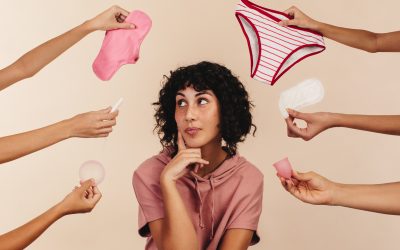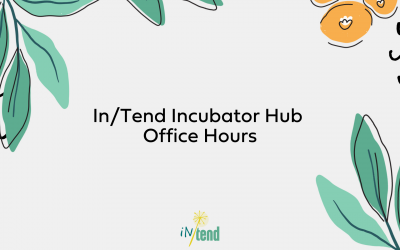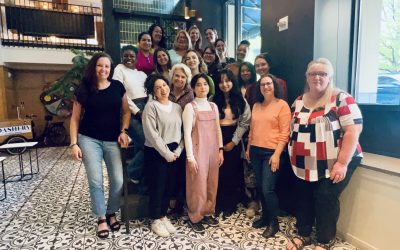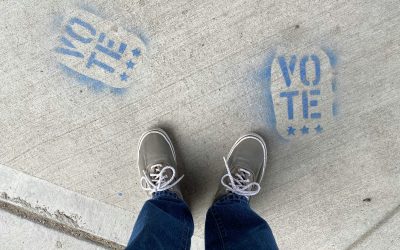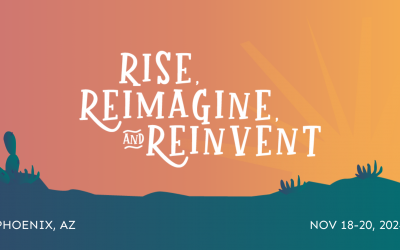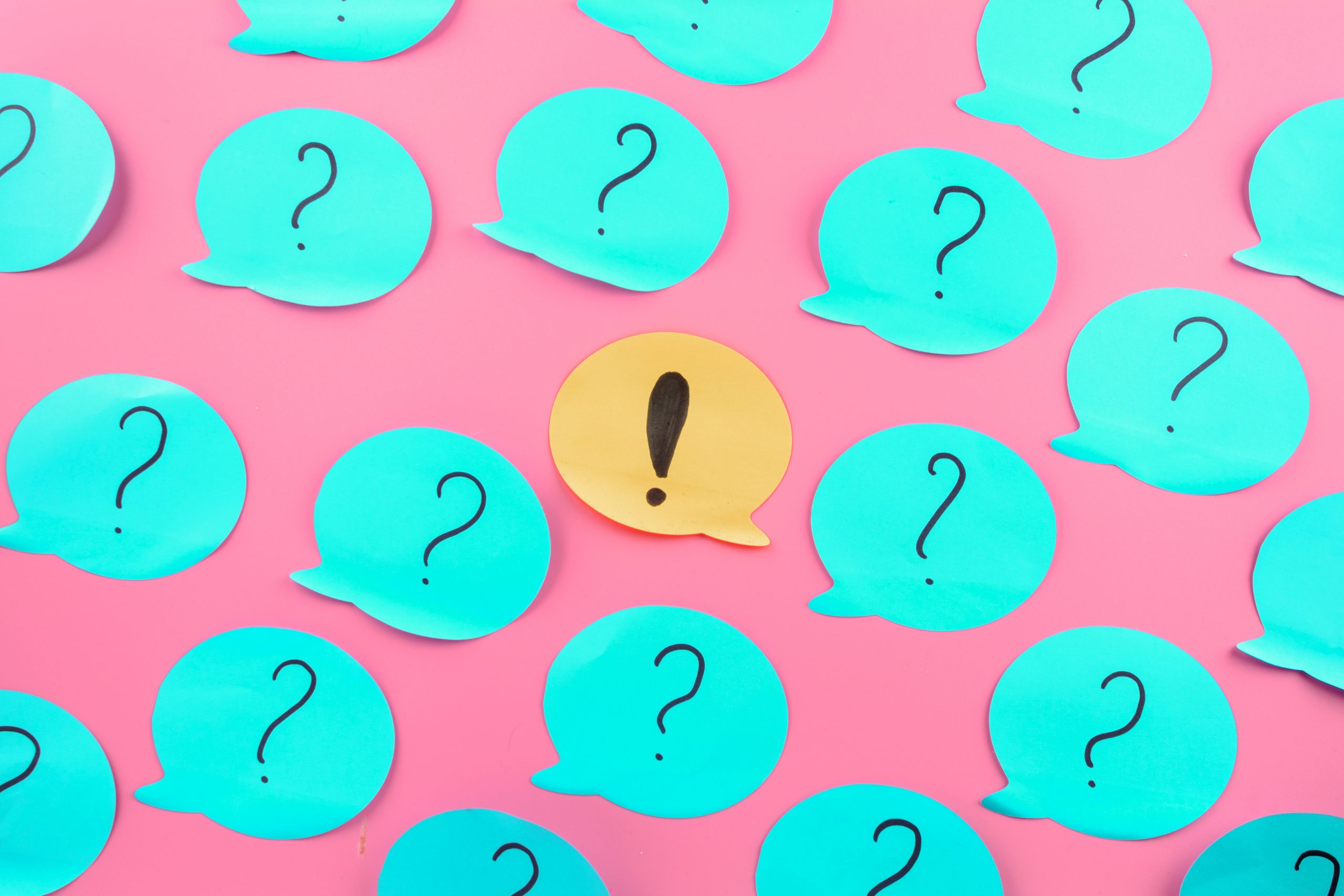
There’s a reason just about every sex ed program uses a question box.
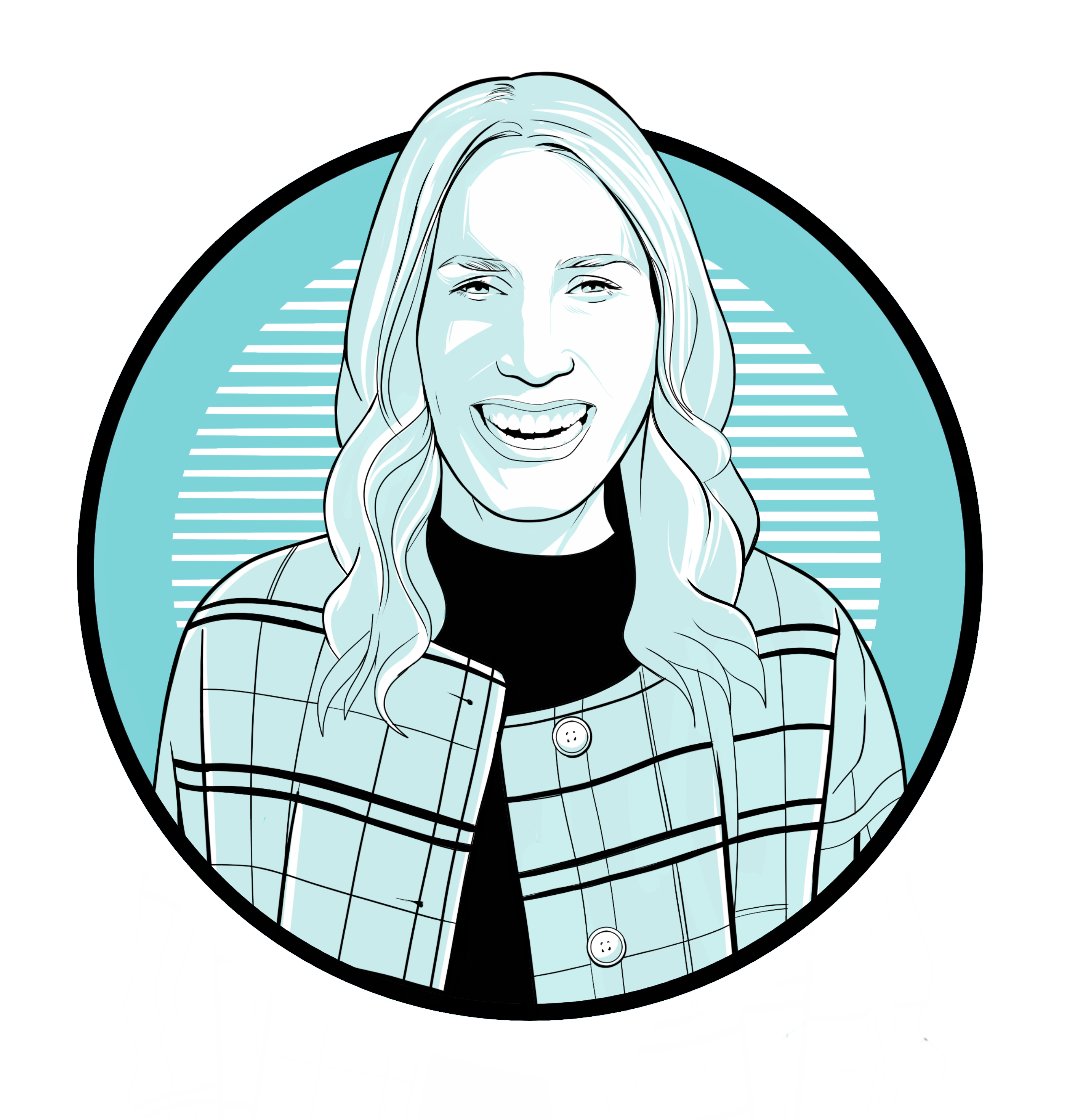
By Mackenzie Piper, MPH, CHES
May 12, 2022
As facilitators, we go on to explain that at the end of each class, youth will get a pen and a note card. They are allowed to write down any question they have about sex and sexuality. The only rules are: 1) the questions remain anonymous, 2) the facilitators will answer them as accurately and honestly as they can at the start of next class, and 3) participants must write something on the note card, even if it is: “no question.” Then, almost ceremoniously, the facilitator walks the shoe box around the classroom and one-by-one, youth fold their note card in half and slide it into the mouth of the box.
As a sex educator, I have learned over the years that the anonymous question box is a powerful tool. It is a powerful tool for facilitators to gauge how well youth are comprehending the topics being covered, but more importantly, it is a powerful tool for youth.
All young people need a space where they are free to ask questions about their bodies, relationships, or anatomy and where they will receive a non-judgmental, science-based, empathetic, and authentic response.
All young people need a space where they are free to ask questions about their bodies, relationships, or anatomy and where they will receive a non-judgmental, science-based, empathetic, and authentic response.
Admittedly, most weeks I read the note cards and am greeted by bodily updates such as “I want doughnuts” or “I’m tired.” And while I care about the doughnut lovers of the world, I dig through to find the questions that I know youth are asking in earnest. As trust with the group and, with us as facilitators, grows so does the depth and vulnerability of their curiosity.
While the question topics span the spectrum, the majority we receive are some form of “Am I normal?”—whether that be about their sexuality, their body parts, or their desires—to which we say, “yes you are!”. And other times, youth use the question box as a way to be seen or heard, to express themselves openly, and even as a way to anonymously reach out for support or resources when they have experienced harm. It is through the question box that some young people reveal an abusive relationship, want to know where to go for an abortion, or seek advice on how to set boundaries with their parents or partner.
While a seemingly small addition to each sex ed lesson, the anonymous question box is a ritual that should not be skipped. Give a pen and blank note card to your youth and see what happens.
PHOTO CREDIT: Ekaterina on Adobe Stock
Mackenzie Piper, MPH, CHES, is passionate about all young people having access to comprehensive and inclusive sexual health information and services. She has experience providing training and technical assistance to healthcare and social service providers, and facilitating comprehensive sex ed programs to young folks. Read more about Mackenzie.


